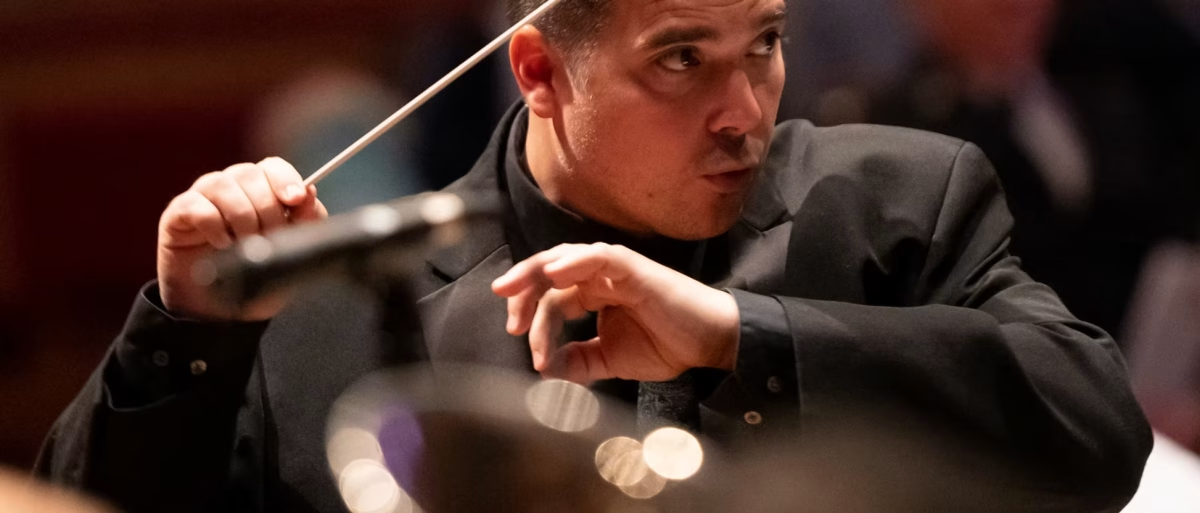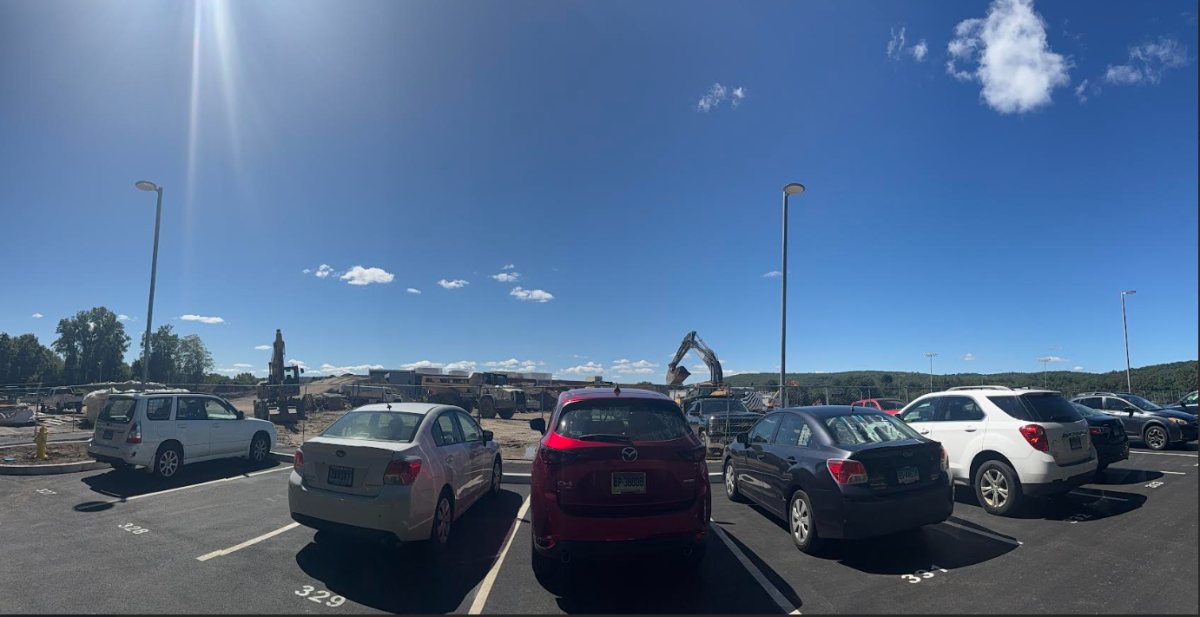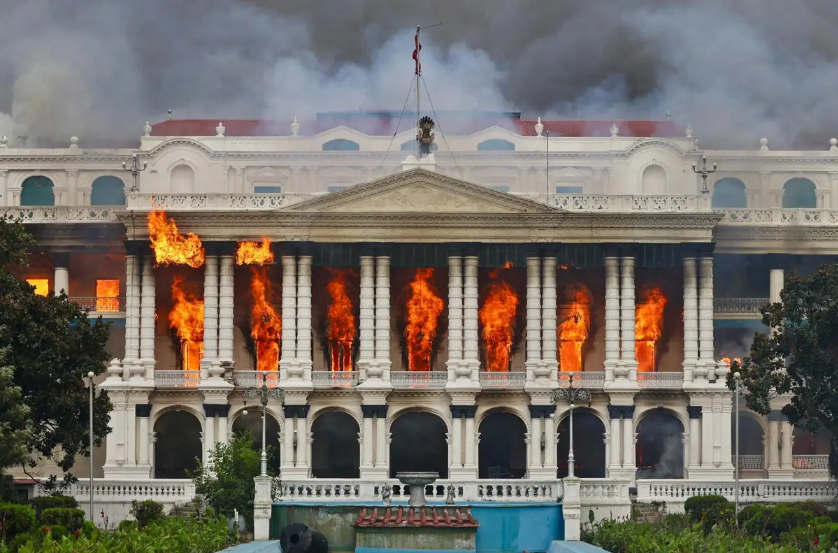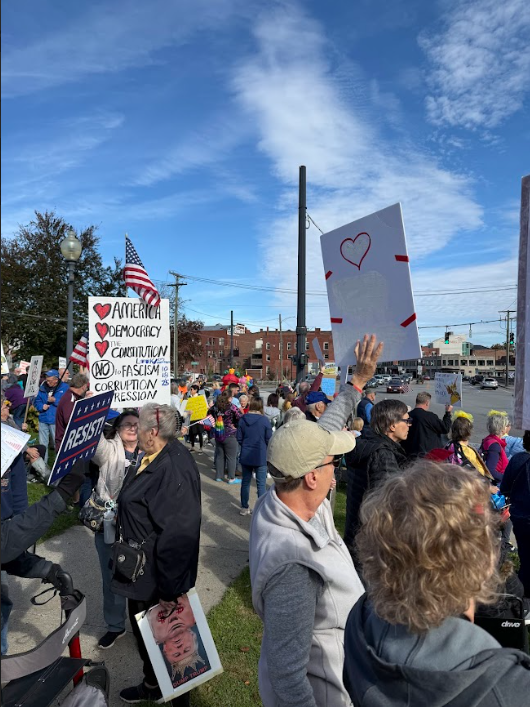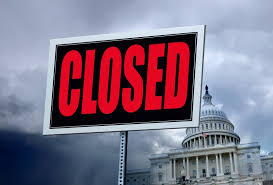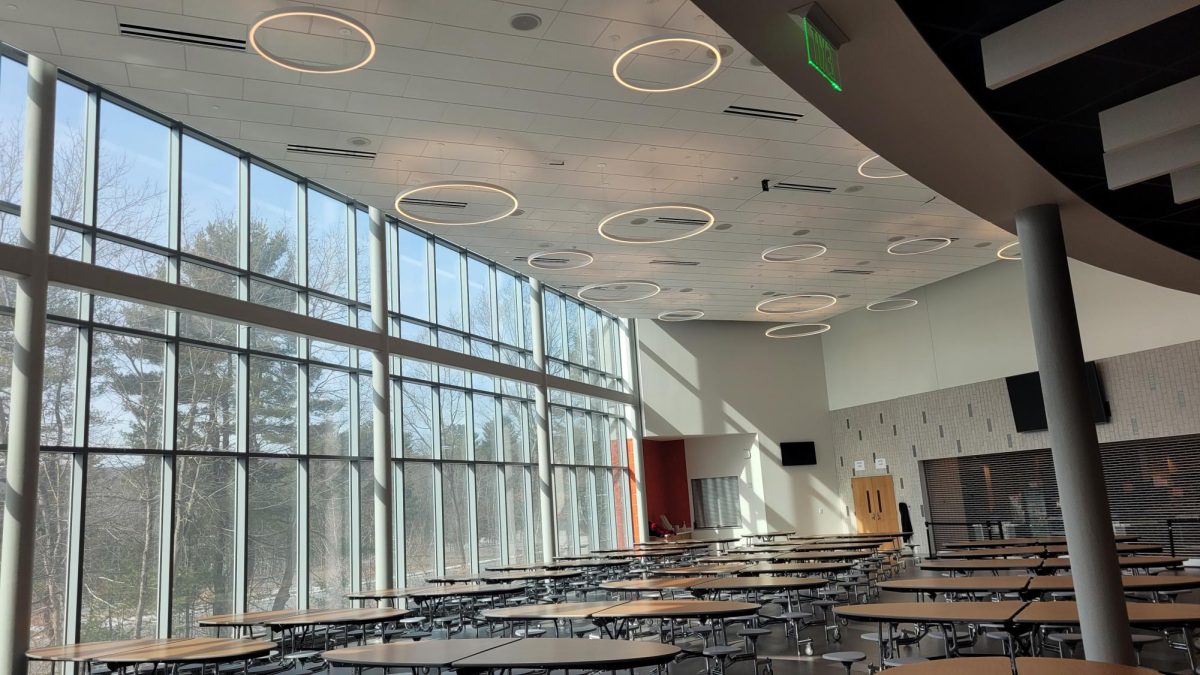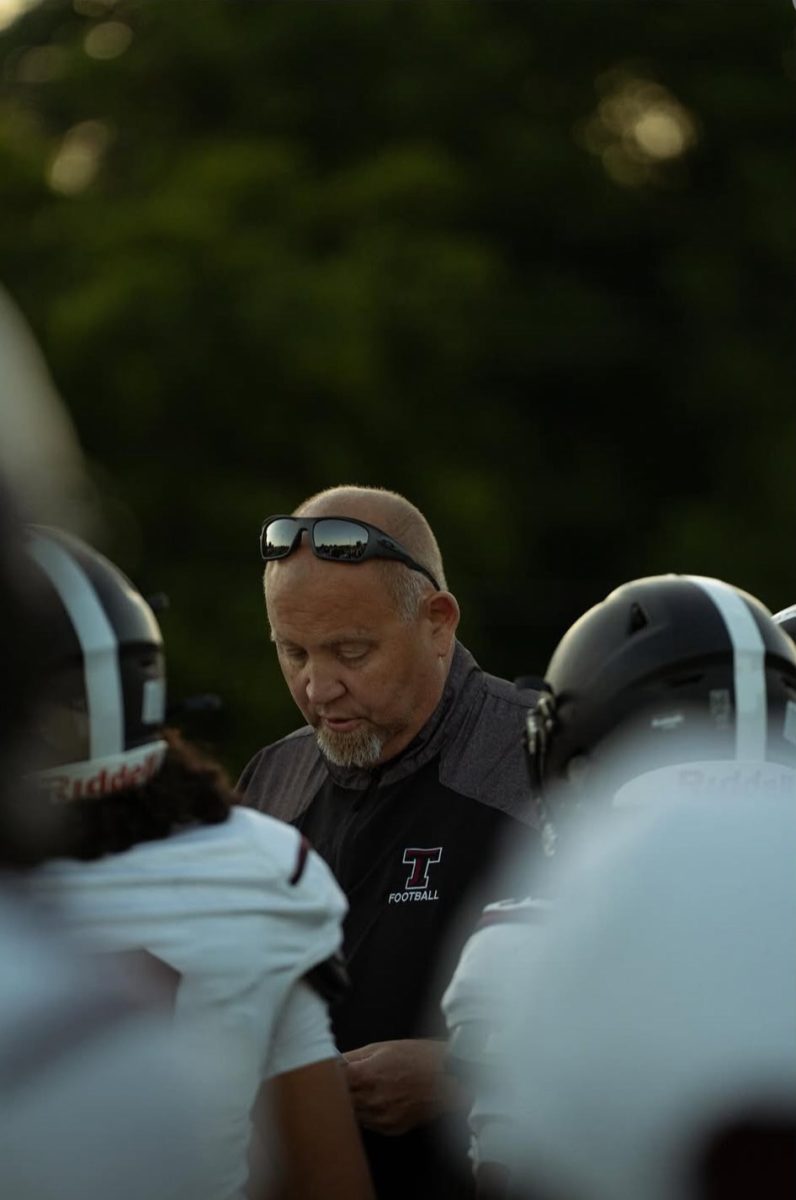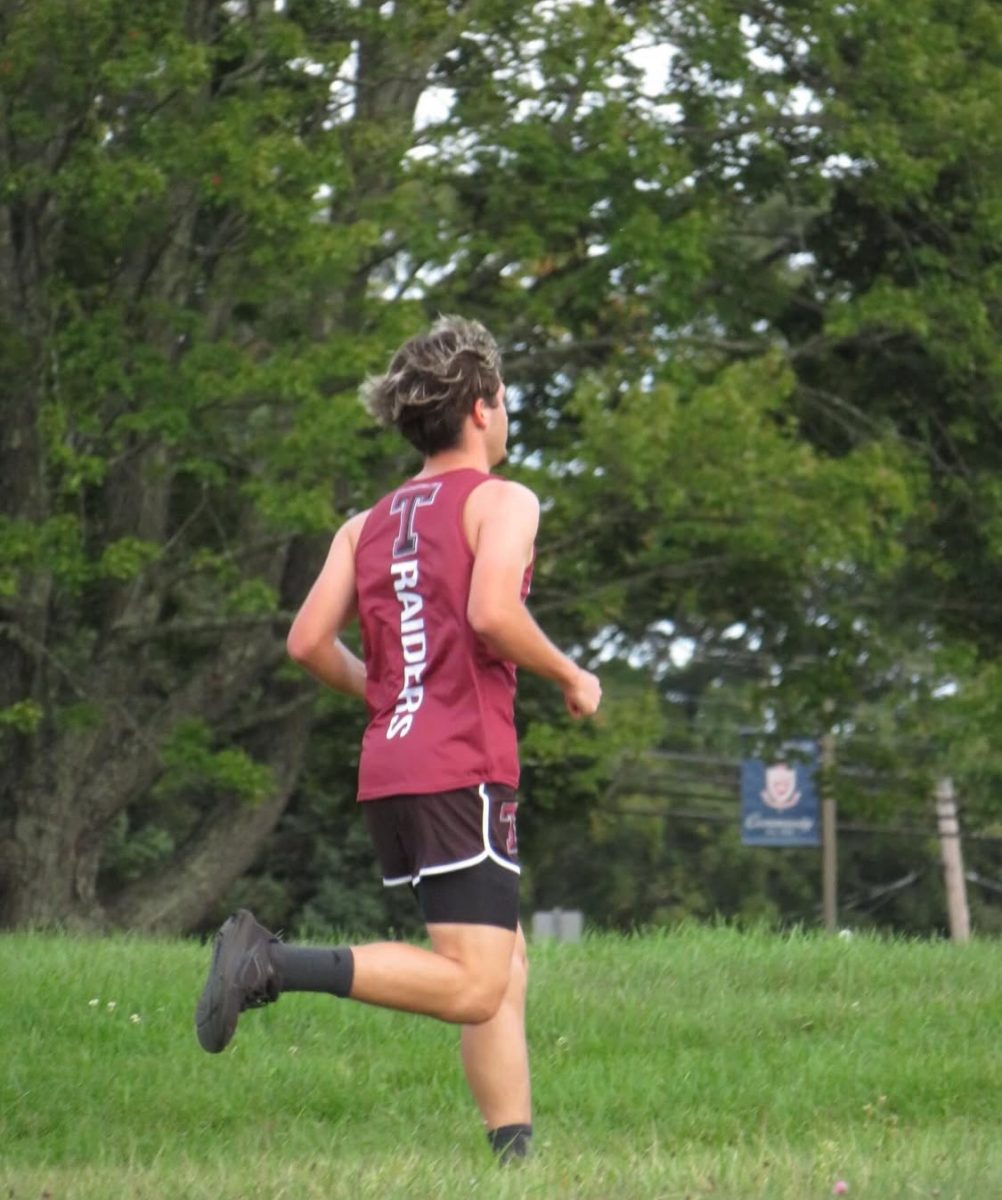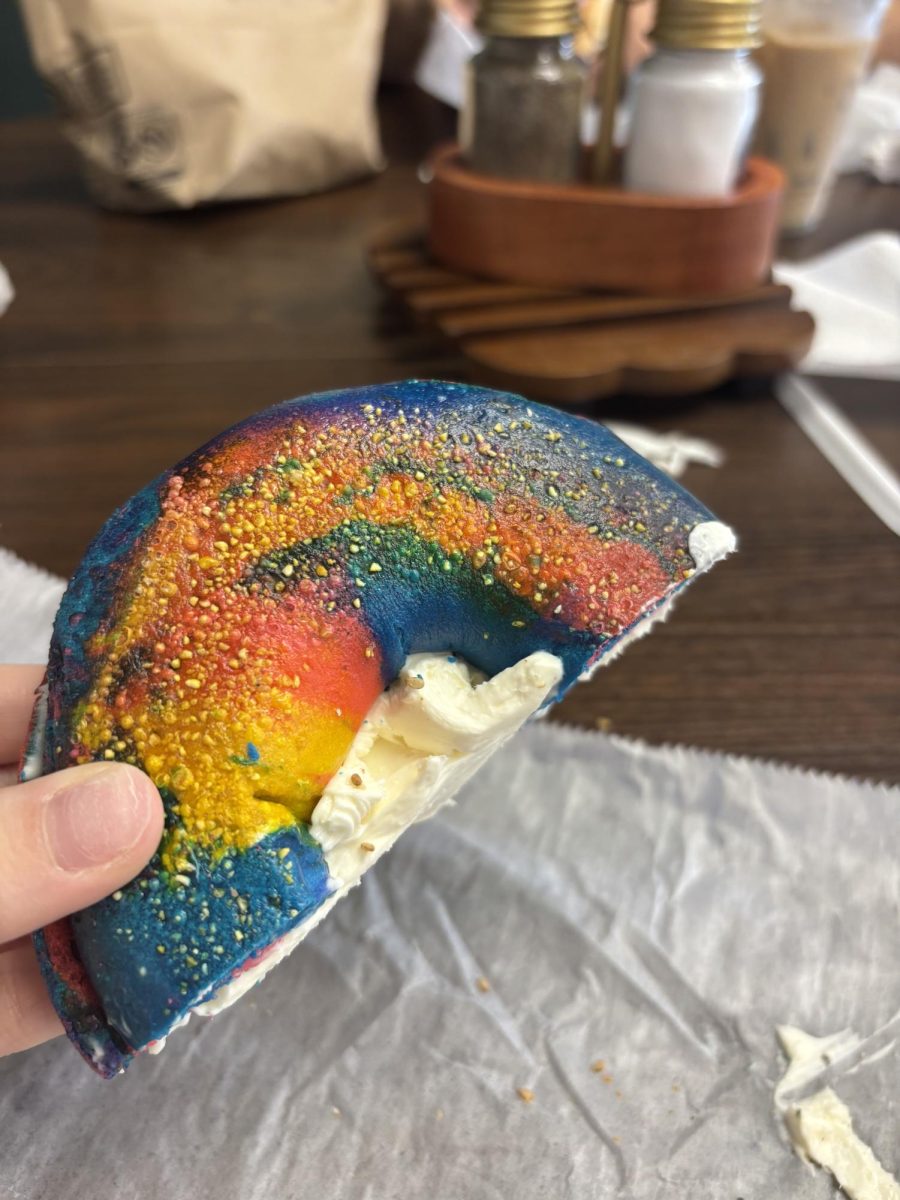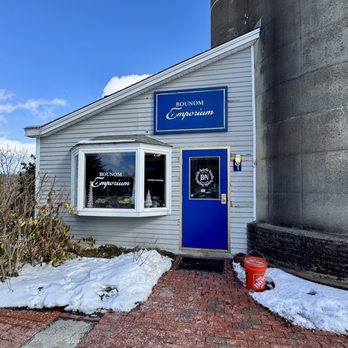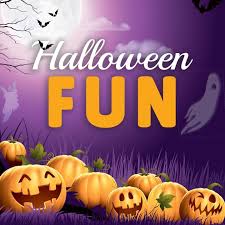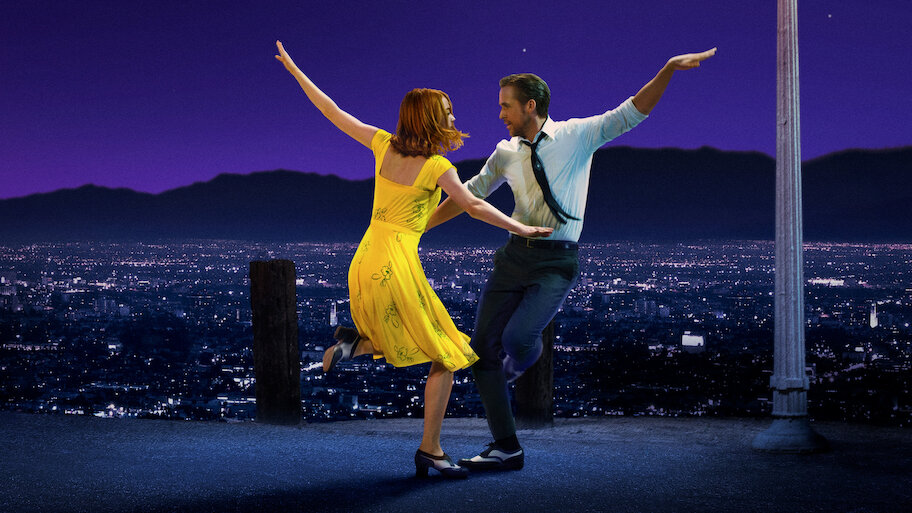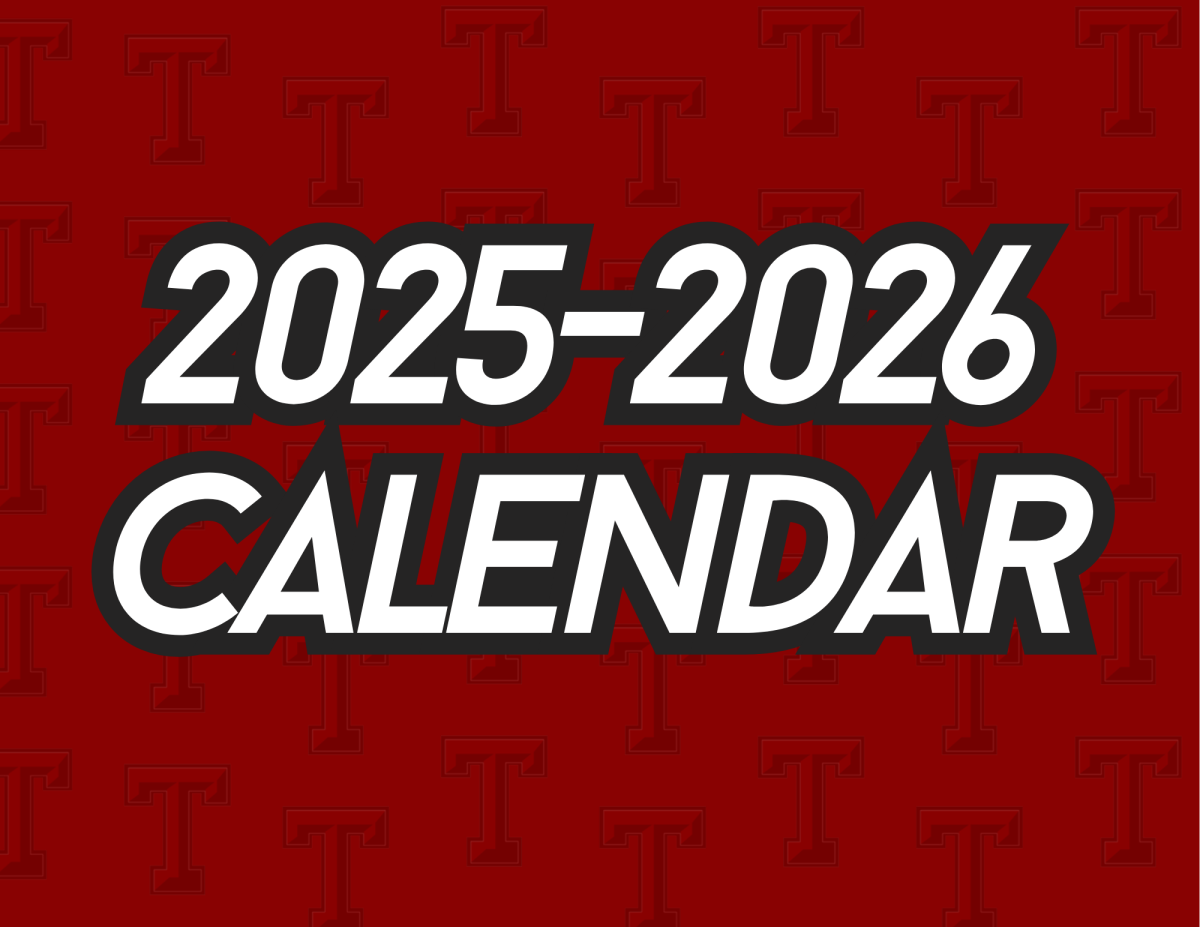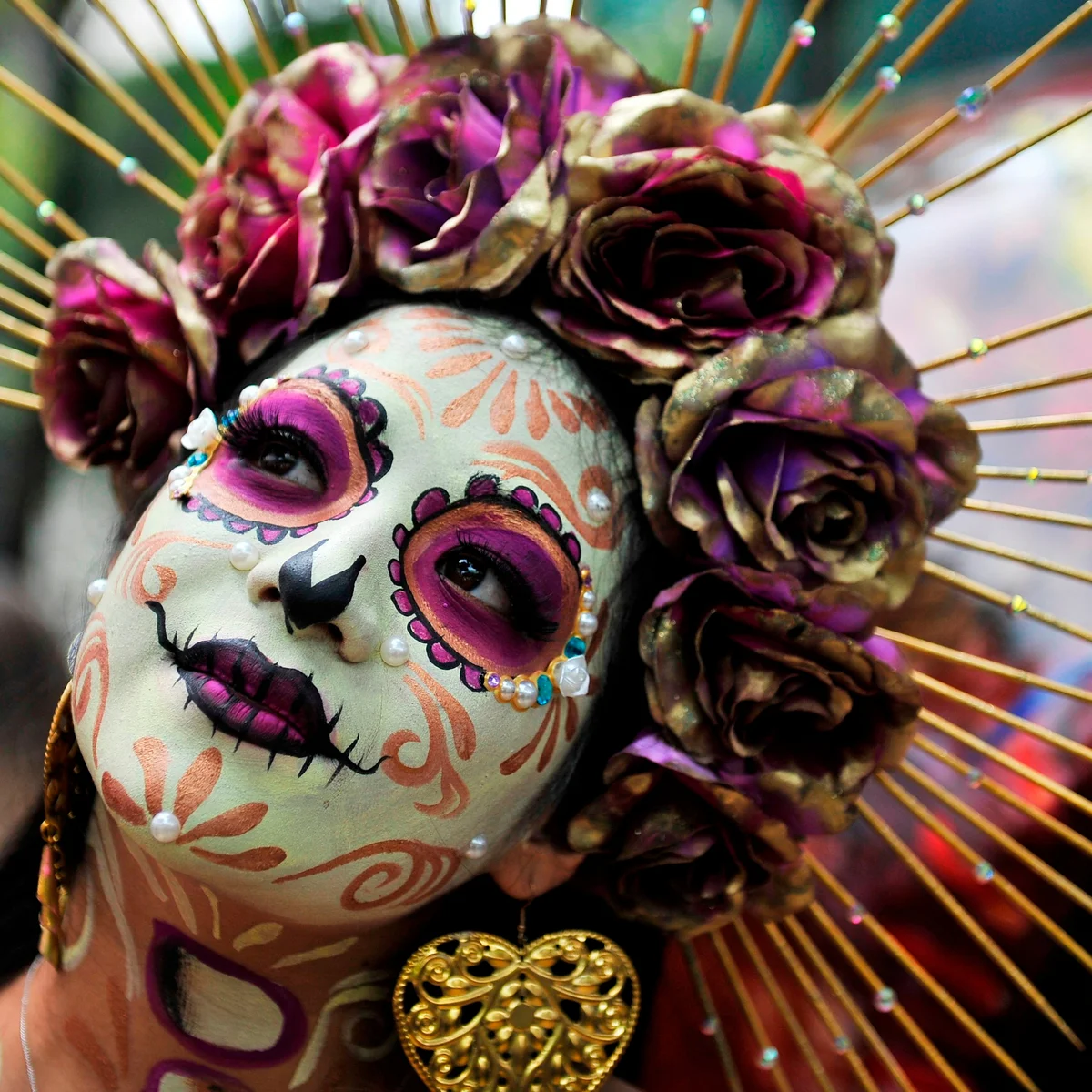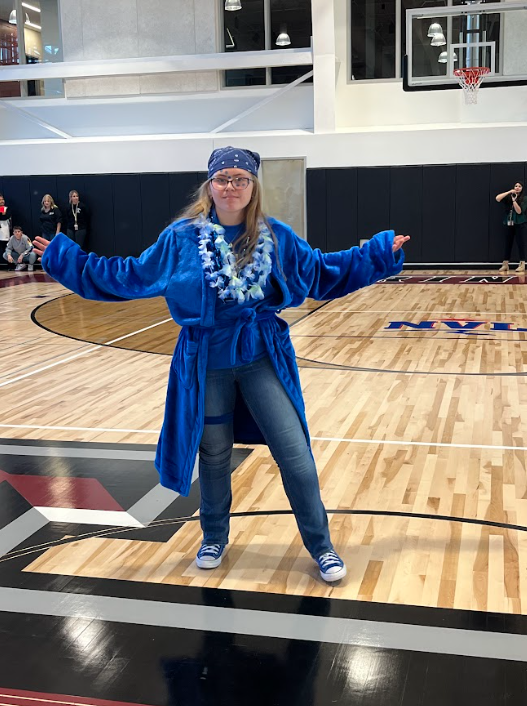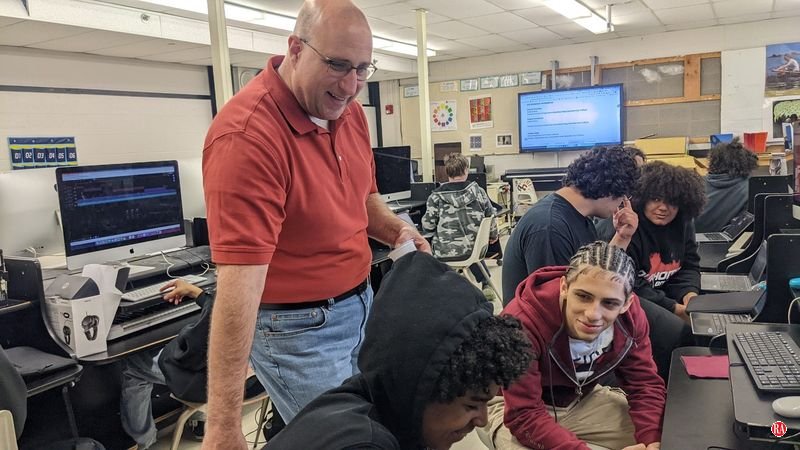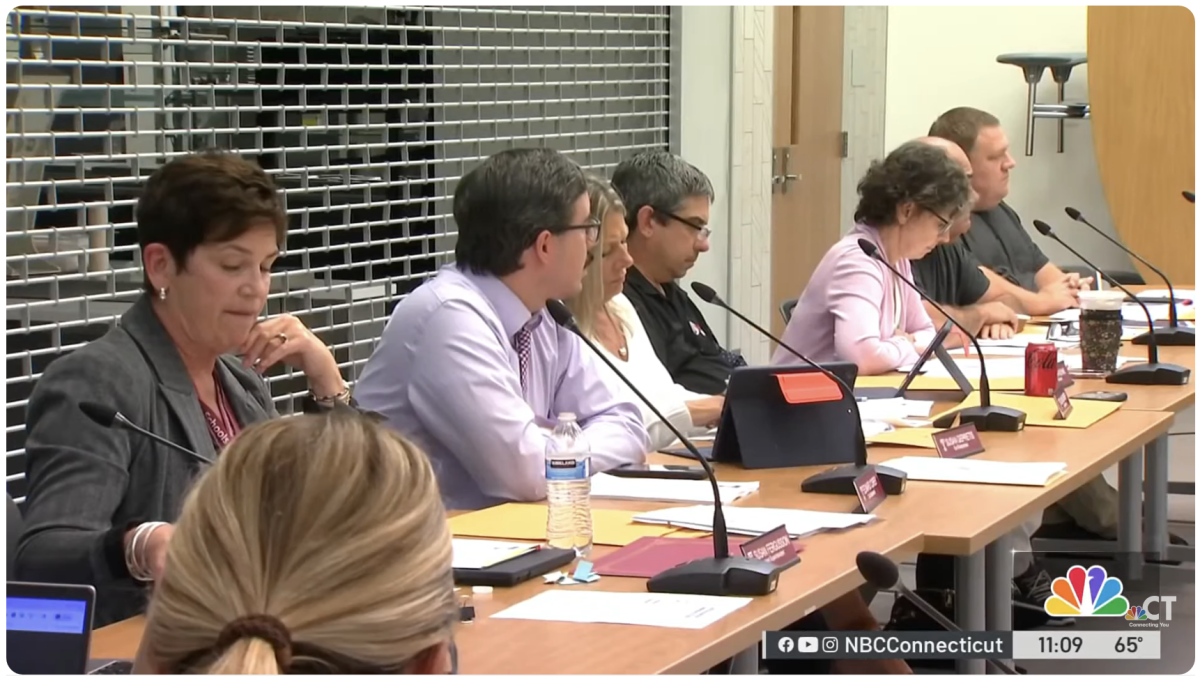Estamos finalizando octubre y, por lo mismo a las puertas de dos festividades muy importantes: Halloween y El Día de los Muertos, esta última es una festividad muy latinoamericana la cual, debido a su proximidad con el Halloween, es frecuentemente confundida con este. Sin embargo, el significado y espiritualidad de ambas están más lejos que la tierra del sol.
Los comienzos de la celebración de Halloween se pueden encontrar en las celebraciones que los pueblos Celtas celebraban en Europa alrededor de hace tres mil años, para festejar el año nuevo, llamado Samhain que se celebraba el 1ro de noviembre; la creencia general era que la noche anterior los espíritus vagaban por la tierra mientras caminaban al mas allá, lo hacían acompañados de hadas y demonios. Además, los celtas se ponían disfraces para confundir a los espíritus y evitar que los poseyeran. Vemos, entonces, que el Halloween, es en realidad una fiesta de origen europeo coincidente con la finalización de la cosecha, que se mezcla con brujas y misteriosas manifestaciones de lo oculto. De allí las calabazas con luces dentro para aterrorizar a los transeúntes o los fantasmas que, hechos de telas blancas, que en esta época del año adornan numerosas residencias. El Halloween llegó a los Estados Unidos con la inmigración masiva de irlandeses y escoceses en el siglo XIX.
Mientras tanto, el Día de los Muertos es una celebración que se practica en Latinoamérica y que llama la atención de aquellos que no están inmersos en ella. Los habitantes prehispánicos del continente americano tenían la creencia de una entidad anímica en el cuerpo que daba identidad y conciencia al ser humano y que lo abandonaba al morir para tomar una existencia ultraterrena. Los antiguos mexicanos llamaban a esa entidad anímica inmortal “tevolia” y que estaba en el corazón. Dicha entidad anímica se mantenía en el lugar de los muertos, alimentos, reconocimientos y ayudas espirituales que podían ser proveídas por los vivos para que pudieran continuar su existencia inmortal. Esto generó un culto a los ancestros bastante difundido y practicado en los pueblos latinoamericanos.
Entre los ritos funerarios que se practican el Día de los Muertos está dejar en la sepultura objetos de uso diario del difunto, como sus herramientas, ropas y alimentos. Ahora bien, la celebración del Día de los muertos tiene un significado completamente diferente, es más espiritual. Si bien es cierto que se celebra dentro del marco de una festividad religiosa católica, ella es producto de la transculturización y, sincretismo religioso que se originó con la llegada de los españoles. En el mundo antiguo americano no existían los espíritus, fantasmas o algo que se le parezcan, se creía que al morir la persona iba a continuar su vida en el más allá. Las tumbas prehispánicas que se han descubierto son una prueba de ello, en todas, por más humilde que haya sido el fallecido, siempre se encontrará artículos de uso común diario y que se pensaba iban a ser necesarios al difunto en su “nueva vida”.
La festividad del Día de los Muertos es la creencia popular que los que se fueron están allí, viviendo en el otro mundo, es por eso por lo que se les celebra, cada pueblo con diferentes manifestaciones culturales propias. Quien sabe que la más conocida en los Estados Unidos sea la celebración mejicana, esto en razón de su proximidad geográfica, pero los demás pueblos latinoamericanos no se quedan atrás en sus formas de celebrar el Día de los Muertos, en donde no faltan las orquestas típicas en el cementerio, un buen plato de comida y una botellita de ron en una tumba “porque al finadito le gustaba su traguito de ron”.
Day of the Dead and Halloween
We are nearing the end of October, and therefore on the threshold of two very important holidays: Halloween and the Day of the Dead. The latter is a Latin American holiday, which, due to its proximity to Halloween, is often confused with it. However, the meaning and spirituality of both could not be more different.
The origins of Halloween can be found in Celtic culture circa 1000 BCE. Each year, the Celtic people rang in the new year on November 1, a holiday they called Samhain. The general belief was that during the night before, on October 31, spirits roamed the earth while traveling to the afterlife, accompanied by fairies and demons. To confuse these spirits and prevent themselves from possession, the Celts wore costumes.
We see, then, that Halloween is actually a festival of European origin, coinciding with the end of the harvest and mixed with witches and mysterious manifestations of the occult. Hence, the pumpkins with lights inside to terrorize passersby or the ghosts, made of white cloth, that adorn numerous homes at this time of year. Halloween came to the United States with the mass immigration of Irish and Scottish people in the 19th century.
Meanwhile, the Day of the Dead is a celebration practiced in Latin America and attracts the attention of those not immersed in it. The pre-Hispanic inhabitants of the American continent believed in a spiritual entity in the body that gave identity and consciousness to human beings and that abandoned them upon death to take on an otherworldly existence. The ancient Mexicans called this immortal spiritual entity “tevolia,” which resided in the heart. This spiritual entity remained in the place of the dead and required food, recognition, and spiritual aid that could be provided by the living to continue their immortal existence. This gave rise to the widespread practice of honoring ancestors via funeral rites. During burial, family and community members left with the body objects that their deceased used in their daily life, such as their tools, clothing, and food.
The Day of the Dead is rooted in a deeply Latin American spiritual belief. While it is true that it is celebrated within the framework of a Catholic religious festival, it is a product of the transculturalization and religious syncretism that originated with the arrival of the Spanish. In the ancient American world, spirits, ghosts, or anything similar did not exist; it was believed that upon death, a person would continue their life in the afterlife. The pre-Hispanic tombs that have been discovered are proof of this. In all of them, no matter how humble the deceased, you will always find common, everyday items that were thought to be necessary to the deceased in their “new life.”
The Day of the Dead holiday represents the popular belief that those who have passed away are still there, living in the afterlife, which is why they are celebrated, each town having its own distinct cultural expressions. The most well-known in the United States is the Mexican celebration, due to its geographical proximity, but other Latin American communities are not far behind in their ways of celebrating the Day of the Dead, where there is no shortage of traditional bands in the cemetery, a hearty plate of food, and a small bottle of rum on a grave because this deceased “never said no to a shot of rum.”
Armando Zarazú
Note.- The English version has been edited by Catherine Butrick, THS Class 2018



